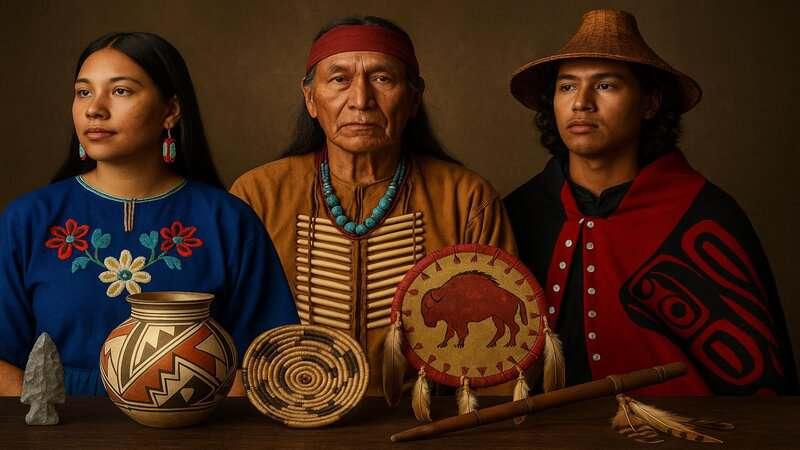3. Myth: All Native Americans Lived in Tipis

While tipis are iconic, they were specific to the Plains tribes and not representative of all Native American housing. Across North America, Indigenous peoples engineered diverse dwellings suited to their climates and landscapes—such as longhouses in the Northeast, adobe pueblos in the Southwest, and wickiups in the Great Basin. As PBS explains, these structures showcase the adaptability and resourcefulness of Native communities throughout the continent.















